New Sick Day Guidance Means Up to 10 Days Could Be Required
*Listen to our interview on CKNW on this issue*
All employers must now provide employees with 5 days of paid sick leave each employment year, starting on January 1, 2022.
However, the Employment Standards Act branch has now confirmed that the leave is based on an employee’s anniversary or employment year, not based on the calendar year. This means that there will be circumstances where employees can access 10 days of sick leave in a calendar year, depending on their anniversary date.
Most concerning, during the transition in 2022, the 5 days is not being pro-rated, so an employee is entitled to 5 sick days starting January 1, 2022 and that will reset once their anniversary date comes.
Read below for the latest summary of the new paid sick leave requirements.
For questions or concerns, BBOT members can contact the Burnaby Board of Trade at 604 412 0100 or by email to our Director of Policy at cory@bbot.ca
New Paid Sick Leave Requirement Details
Starting Date
This new rule starts on January 1, 2022
Which Businesses Are Impacted?
Almost all businesses in BC are impacted by this, as it governs all employees who fall under the Employment Standards Act.
There are some exceptions, including unionized workplaces (which would have their own collective agreements), independent contractors (who would have their own contracts), and people in certain professional fields such as engineers or lawyers (read more). This also does not apply to federally regulated sectors, including air transportation, banks, telecommunications and other. (see list).
Which Employees Does This Cover?
This covers all regular employees, including full-time, part-time and casual workers. This does not include independent contractors.
Employees are required to have been employed for at least 90 days, but there is no requirement that they have worked a certain number of hours or days, like there is with statutory holidays. This was one of the specific limitations the Burnaby Board of Trade is fighting for.
That said, the amount of pay owed is based on an employee’s average day’s wages in the past 30 days. So, for casual workers they must have worked in the past 30 days to be eligible.
How Many Days?
Employers must provide at least 5 days of paid sick leave for an employee during each employment year, based on their anniversary date with the employer. This means the 5 days obligation to each employer resets at their anniversary date, not on January 1.
These means that there will be circumstances where employees can access 10 days of sick leave in a calendar year, depending on their anniversary date. Most concerning, during the transition in 2022, the 5 days is not being pro-rated, so an employee is entitled to 5 sick days starting January 1, 2022 and that will reset once their anniversary date comes.
Example: If an employee was hired on May 1, 2021, their employment year ends April 30, 2022. Their next employment year would be from May 1, 2022 to April 30, 2023. In this example, the employee is entitled to 5 paid sick days from January 1, 2022 (when the provision came into force) to April 30, 2022 and 5 paid sick days when they enter a new employment year, from May 1, 2022 to April 30, 2023.
How Much Pay Is Required?
The rate of pay for these sick days is at least the average day’s pay for the employee. To calculate that, you would take the Total Wages Earned in the preceding 30 days divided by the number of days worked during that time. (Total wages ÷ number of days worked = an average day’s pay)
Include all wages – this includes salary, commission, statutory holiday pay and paid vacation. Don’t include overtime.
The new sick days are in addition to other leaves allowed, including 3 days of unpaid sick leave, and 5 days of unpaid family-responsibility leave.
Can I ask for a Doctor’s Note?
Employers are allowed to ask for “reasonably sufficient proof of illness” but it is not recommended that this be required for each single occurrence.
Proof of entitlement to sick leave may take many forms. For example, if it is reasonable in the circumstances, it could take the form of a receipt from a drugstore or pharmacy, a medical “bracelet” from a hospital, or a note from a doctor, nurse practitioner, psychologist, counsellor, or therapist. The proof requested should be proportionate to the leave and the surrounding circumstances.
Employers should think about the length of the absence and whether their is a pattern of absences when determining if requesting proof is reasonable.
Need More Information?
If you have questions please contact the Employment Standards Branch toll-free by telephone at: 1-833-236-3700, or visit the ESB website at: https://www2.gov.bc.ca/gov/content/employment-business/employment-standards-advice/employment-standards






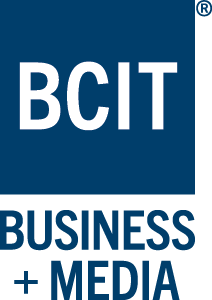


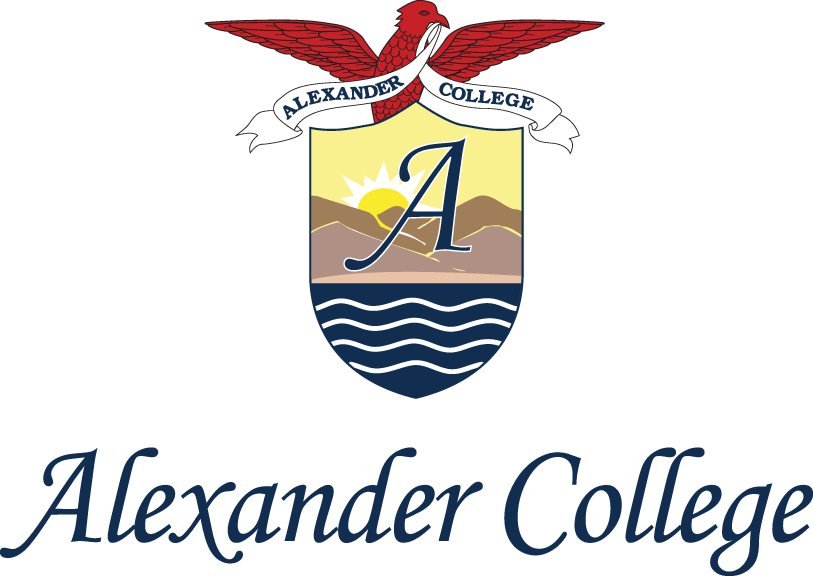




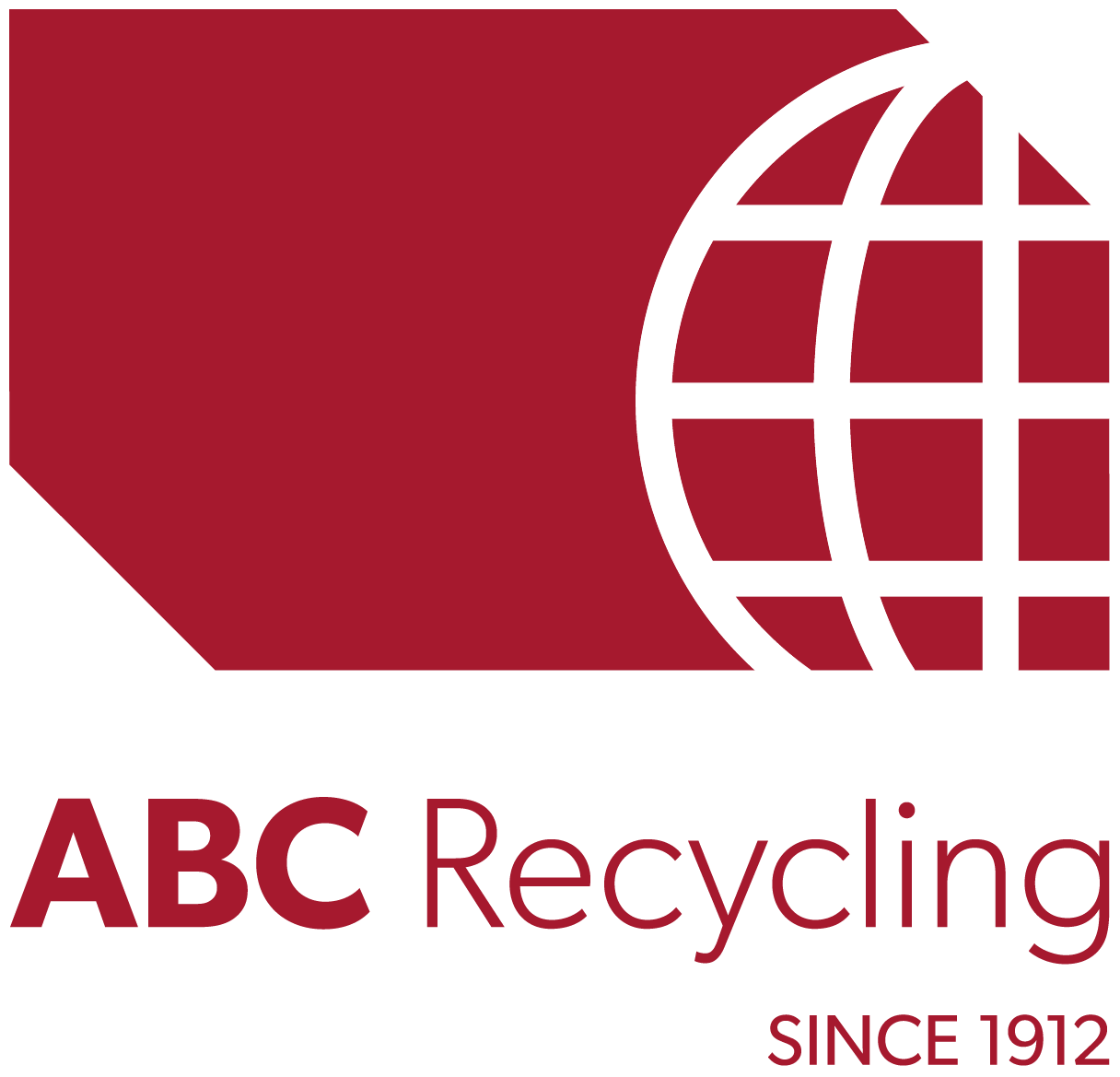

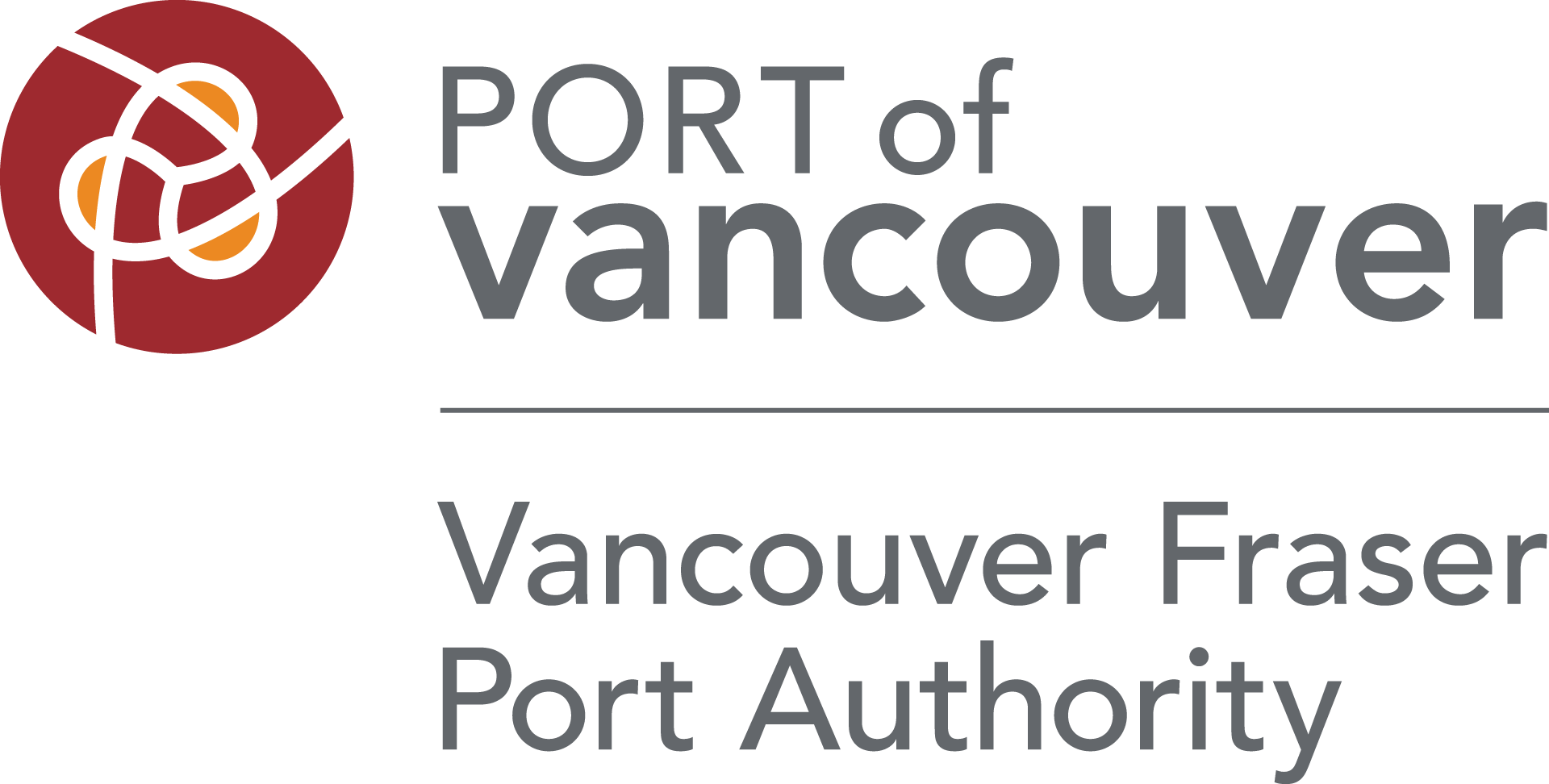

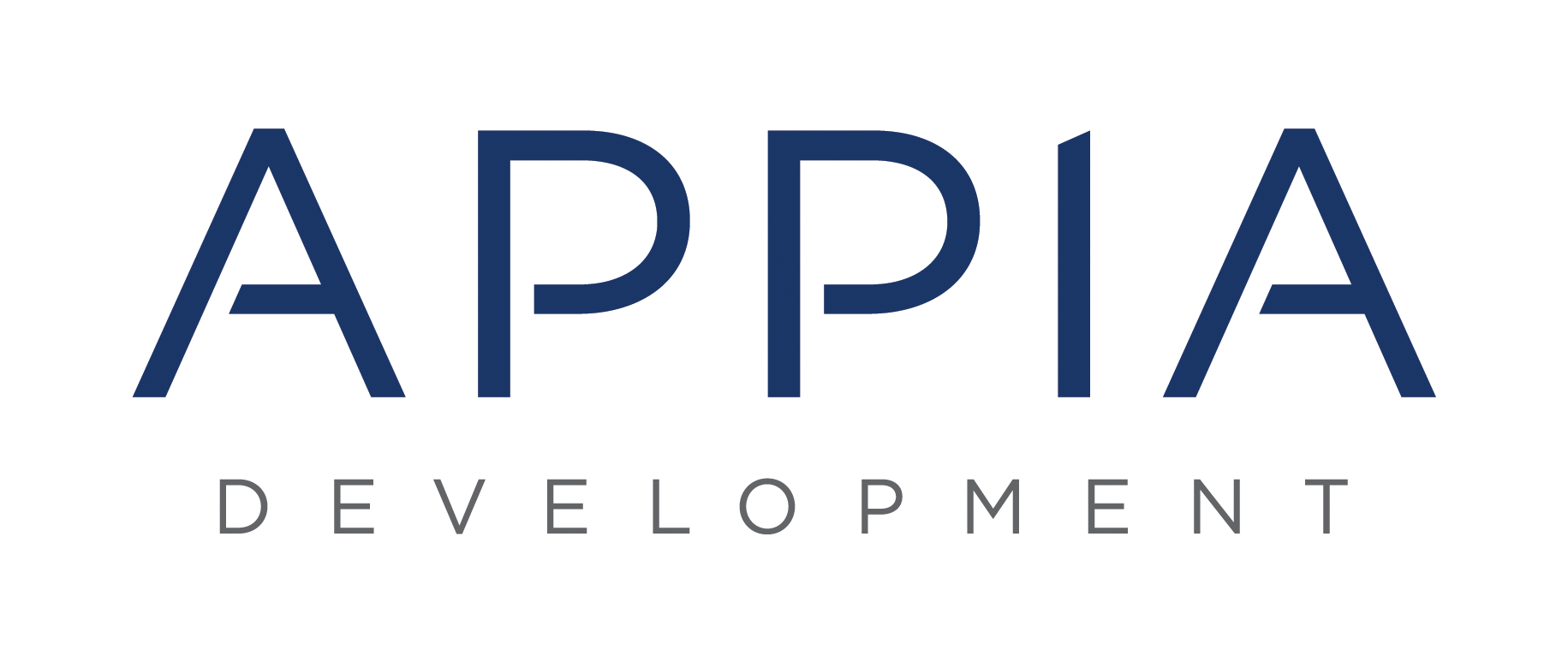
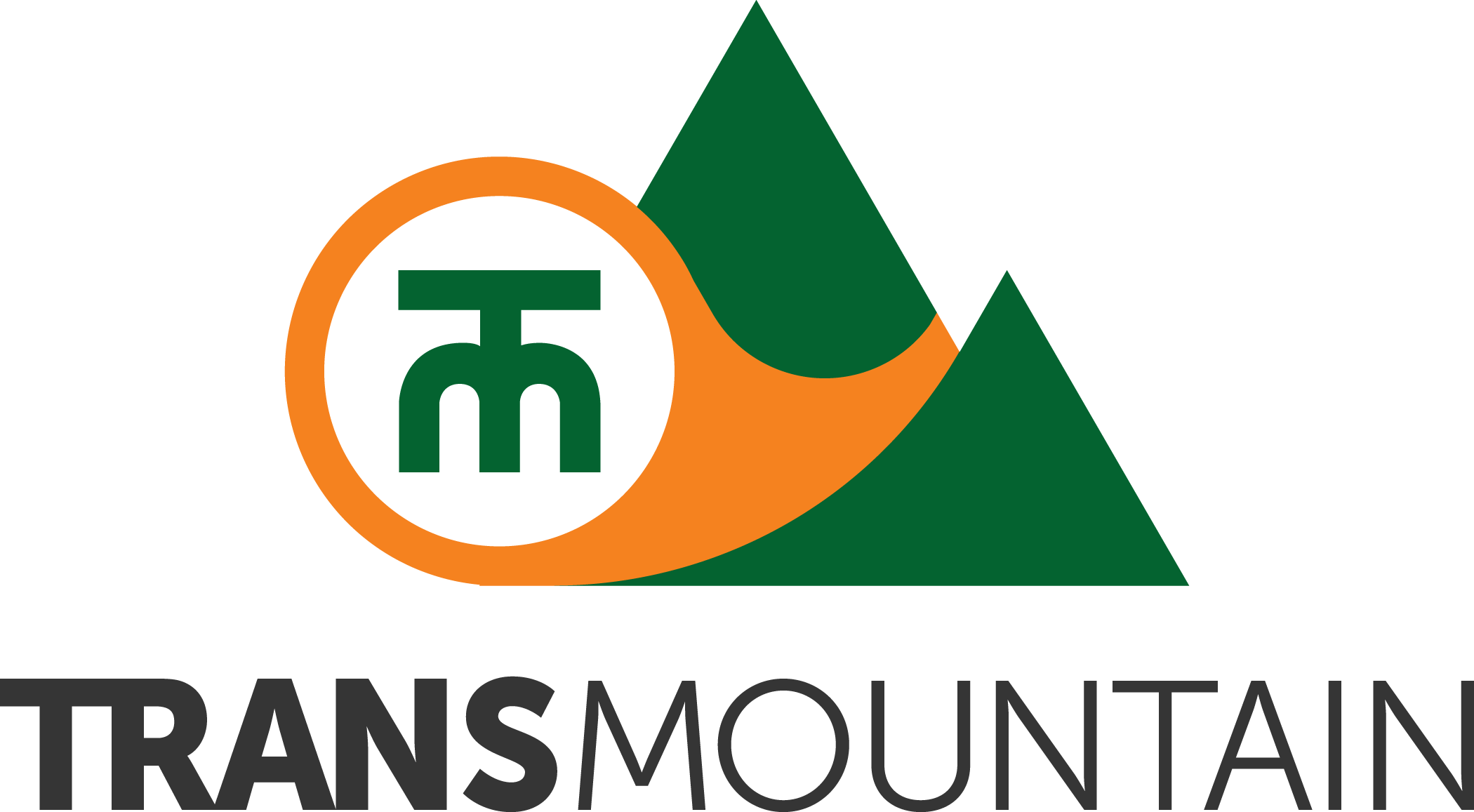

connect with us